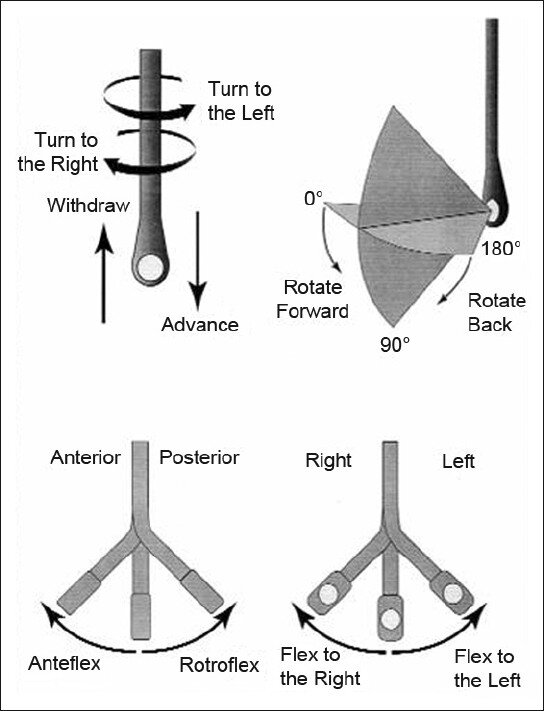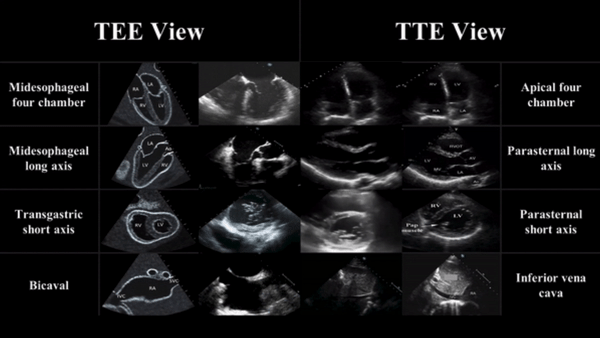POTD: Peripartum Cardiomyopathy
Causes:
Infectious (EBV, CMV, HSV)
Genetics
Pre-eclampsia
Fetal cells present in the maternal system that elicit an inflammatory response
Clinical Findings (same as CHF findings):
Tachycardia
Decreased pulse oximetry (should be ≥ 97% at sea level).
Blood pressure may be normal. (systolic >140 mm Hg and/or diastolic >90 mm Hghyperreflexia with clonus suggest preeclampsia).
Elevated jugular venous pressure
Third heart sound (turbulent ventricular filling secondary to poor wall relaxation from dilated ventricle)
Loud pulmonic component of the second heart sound (increased right sided flow)
Mitral or tricuspid regurgitation
Pulmonary rales
Peripheral edema
Ascites
Hepatomegaly
Management:
CBC- to see if there is significant thrombocytopenia
CMP- to see if there is any dysfunction in creatinine, LFTs, albumin
Urine dipstick- to check if there is any proteinuria
EKG
Echocardiogram
CXR
Stress testing
OBGYN, Cardiology consult in addition to reaching out to potential transplant hospitals
Treatment:
Digoxin: first line in pregnancy
Loop diuretics; Start with 10 mg of furosemide, as pregnant women have an increased glomerular filtration rate (GFR) that facilitates secretion of the drug into the loop of Henle.
Hydralazine and nitrates: afterload and preload reduction
B- Blockers (carvedilol or metoprolol): decrease all-cause mortality and hospitalization in those with systolic dysfunction.
Heparin for EF<30% (high risk of venous and arterial thrombosis)
LVAD
May ultimately need heart transplant
Delivery- Unless the mother is decompensating, you can manage her medically until delivery is possible. If the mother is not responding to medical therapy or if the fetus must be delivered for obstetric reasons, the best plan is to induce labor with the goal of a vaginal delivery. C-section can lead to a lot of dynamic fluid changes which can lead to maternal decompensation
Disposition:
ICU vs potential transfer to a center that offers tertiary care services for both the mother and the fetus.
Stay well,
TR Adam







